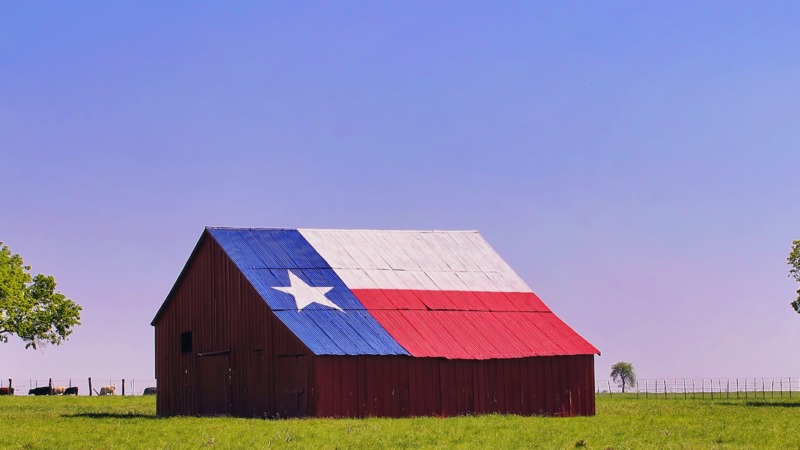Texas Sugar Producers Tip Their Hat to Sugar Policy
Deep in the heart of Texas, approximately 112 farmers grow sugar cane across 41,000 acres along the banks of the Rio Grande river.
These farmers and their farmer-owned cooperative, Rio Grande Valley Sugar Growers, are important members of the Rio Grande Valley community and a critical part of the Texan economy. Unfortunately, they are all that is left of the once-booming sugar industry in south Texas.
Sugar production in the Lone Star State has a rich legacy spanning more than 200 years. However, economic and political hardships in the early 20th century forced the closure of the last of the sugar mills. In 1973, a group of farmers worked together to re-establish a sustainable sugar industry in the Rio Grande Valley.
Today, the Rio Grande Valley Sugar Growers are not only keeping this historic industry alive but also working to sustain the local economy. And America’s sugar policy has played a critical role in allowing sugar production to once again take root in Texas.
During the 2017/2018 growing season, their mill in Santa Rosa, Texas processed almost 1.7 million tons of sugar cane, producing more than 165,000 tons of raw sugar and nearly 60,000 tons of molasses. In fact, the mill produces enough sugar to provide an entire year’s worth of refined sugar to more than 7.7 million consumers.
And all of the hard work that goes into harvesting and processing that sugar certainly has a sweet effect on the economy.
According to Sean Brashear, President and CEO of Rio Grande Valley Sugar Growers, the sugar cane industry in Texas contributes $140.3 million annually to the state’s economy and supports an estimated 801 jobs statewide.
From the fields to the mill and everywhere in between, more than 300 people are directly employed by the sugar industry in the Rio Grande Valley. And hundreds more have jobs thanks to the economic impact generated by the mill and the farmers who supply it.
“We are proud to contribute to the rural economies that rely on the sugar industry,” Brashear said. “America’s sugar policy allows our farmers and workers to withstand a global market that is defined by foreign subsidies and depressed prices. Continued support of this policy will ensure that the legacy of sugar farming in Texas can survive.”
Just like sugar farmers and workers across the country, the Rio Grande Valley Sugar Growers are continually striving to become more efficient producers.
Farmers utilize GPS technology to minimize the use of diesel, fertilizer and pesticides and the Rio Grande Valley mill uses leftover cane from the milling process, called bagasse, as fuel to generate steam and electricity. When operating at peak efficiency, the mill creates enough electricity to power the nearby town of Santa Rosa.
The positive effects of the Texan sugar industry extend far beyond the state. Raw sugar is sold to a refinery in Louisiana and shipped by barge via the intracoastal waterway, bringing economic benefits to communities along the Gulf Coast on the way.
Many of the Rio Grande Valley farmers share a deep connection to this land. Board Chairman Leonard Simmons’ family has farmed in the Rio Grande Valley for 100 years.
“It’s important for us to share the story of sugar in the Rio Grande Valley,” Simmons said. “Producing sugar means supporting our families, contributing to our communities, being responsible stewards of the land, and continuing this heritage for the next generation.”
And Simmons credits Congress for supporting the sugar industry in Texas by approving a 2018 Farm Bill that maintains a strong sugar policy.
“Congress firmly rejected cutting our families, farms and livelihood out of the Farm Bill. We hope they will continue to stand up for sugar producers in Texas and beyond.”
Thankfully, the sugar industry in Texas is no longer simply a part of history.



